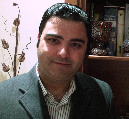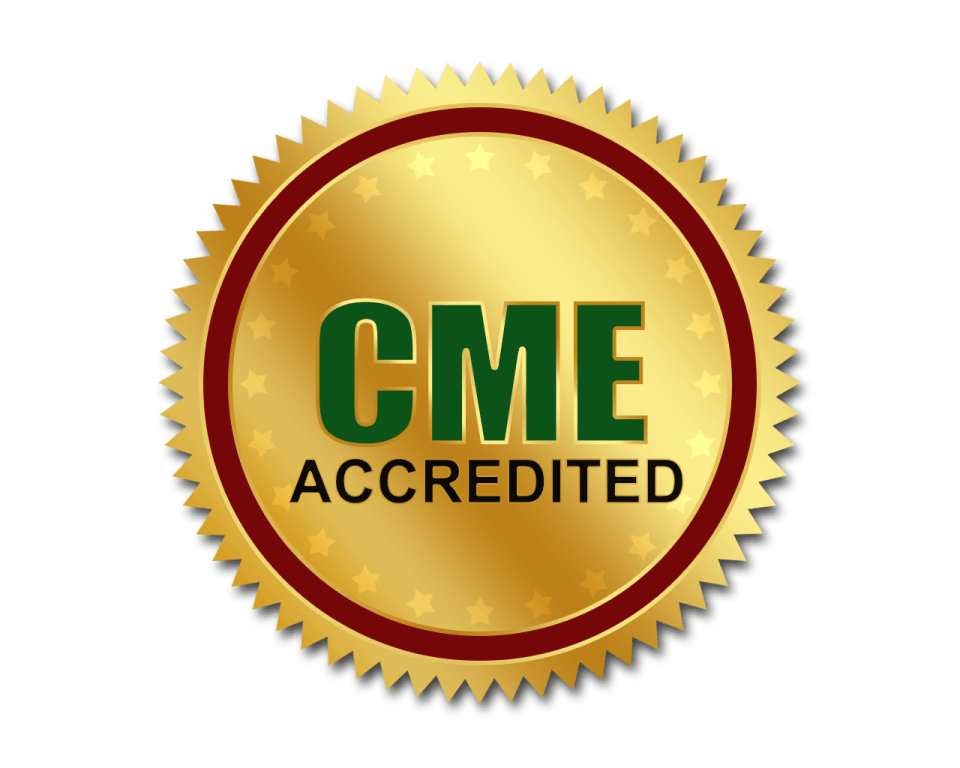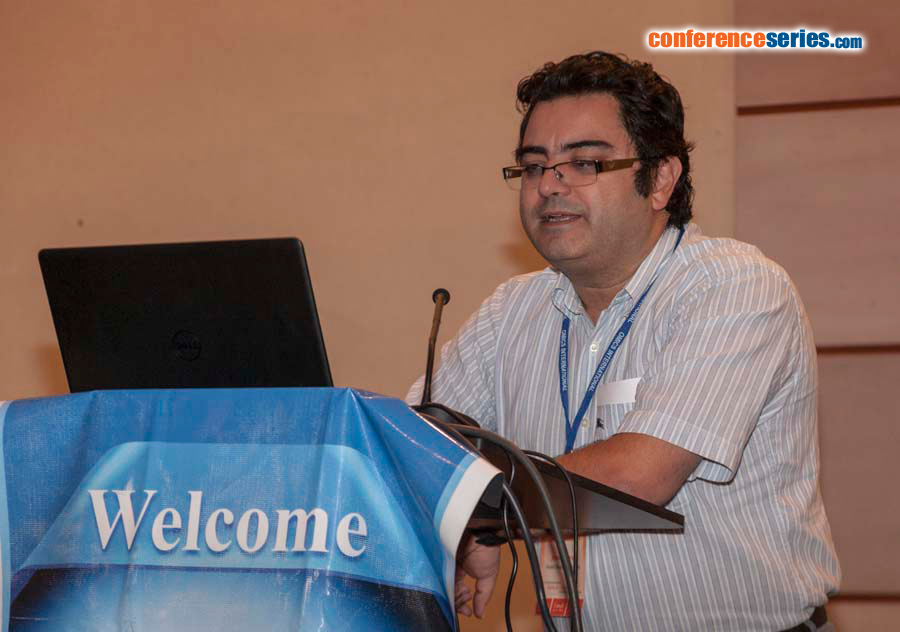
Jesus Alcaraz
Hospital Mesa del Castillo, Spain
Title: Platelet-rich plasma in a patient with cerebral palsy
Biography
Biography: Jesus Alcaraz
Abstract
Background: The use of platelet-rich plasma is a now a common medical technique known as regenerative medicine, through power cell activation and diff erentiation, which produces growth factors called platelets derived both locally and systematically. Here, we report the case of a cerebral palsy patient who received intravenous platelet-rich plasma. Case report: We administered an intravenous injection of concentrated platelet-rich plasma (25 cc) in a 6 year old boy with perinatal cerebral palsy, cognitive impairment and marked and severe generalized spasticity. We performed follow-up at 3 and 6 months aft er the injection. All serum samples for determination were obtained by ELISA technique. Cognitive scales (Bayley, Battelle, M.S.C.A, Kaufman ABC and Stanford-Binet Intelligence scale) were used before and aft er treatment. Th e determination protocol that was applied before the analysis was performed manually and the auto transfusion was considered suitable for treatment. We determined the plasma levels of factor similar to insulin-1 (IGF-1), platelet-derived growth factor (PDGF), vasculo-endothelial growth factor (VEGF) and transforming growth factor B (TGF-B) before and during treatment monitoring. Conclusions: No adverse eff ects were observed in the patient except for a small hematoma in the area channeling venous access. We observed a clear improvement in the cognitive sphere (memory, ability to perform more complex tasks and acquisition of new skills) and in language, maintaining stable levels of growth factor in plasma 3-5 times higher than average for his age group at both 3 and 6 month follow-up. Positron emission tomography (PET) images showed an evident increased demarcation in the cerebral cortex. We propose that this therapy is useful in these patients to harness the neurostimulative and neuroregenerative power of endogenous growth factors derived from platelets.





